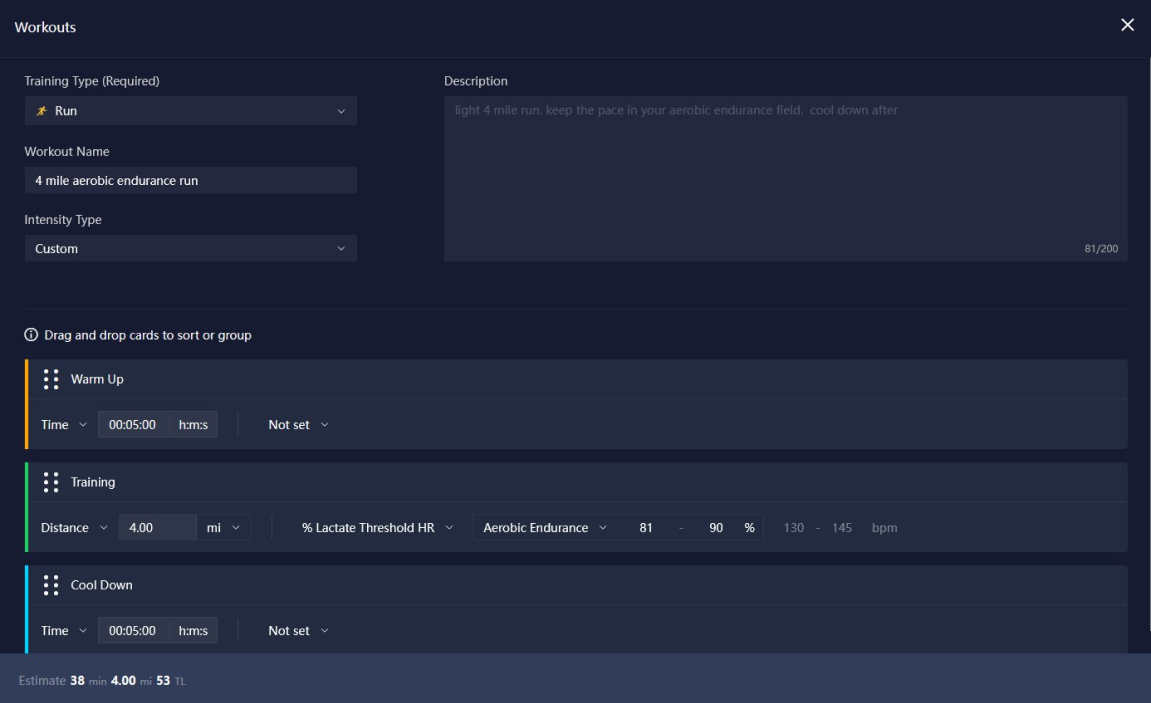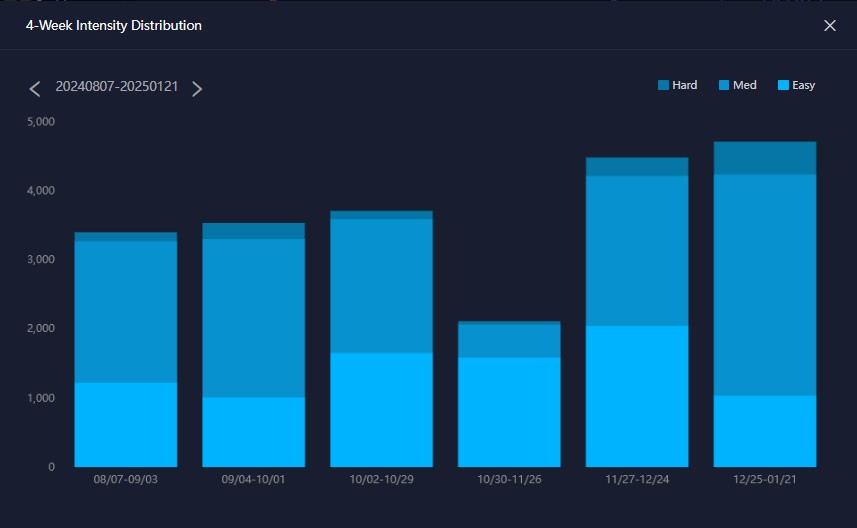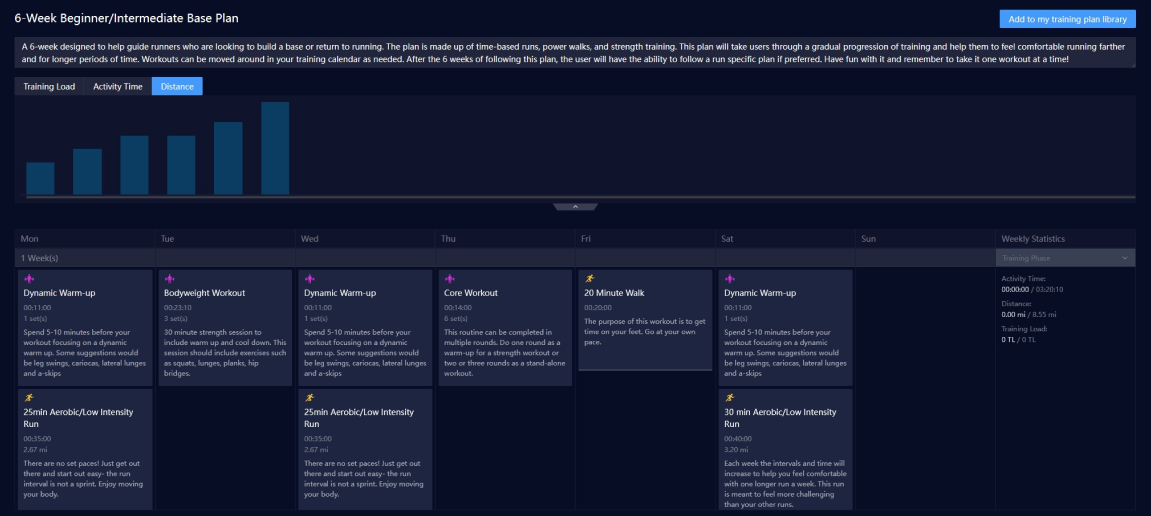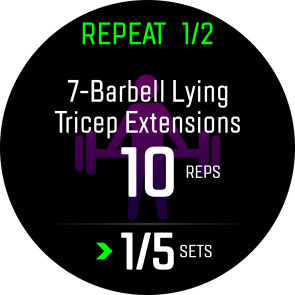Looking to start running but not sure how? Getting back into training after an injury? Try out one of our 6-week Base Building Training Plans.
If you're a runner starting to build your base or returning to a training routine, it can feel both exciting and overwhelming. It's normal to want quick progress, but staying consistent and patient is the real key to long-term success. Frustration can creep in if your progress feels slow, but remember every run and workout is a step closer toward your goals.
In this blog, we’ll guide you through how to stay on track, avoid overtraining, and balance running with strength work. You’ll also find two 6-week training plans designed to help you safely build your fitness and incorporate training into your lifestyle.
Why Is It Important to Build An Aerobic Base?
Whether you’re new to running, recovering from an injury, or trying to build back from an injury, it’s common to feel frustrated if progress seems slow or the training feels challenging. It’s important to avoid rushing into intense workouts too quickly.
All runners can benefit from building an aerobic base. The main goal is to improve your aerobic capacity by gradually increasing the distance and intensity of your runs. This helps your body adapt, strengthen, and reduce the risk of injury. Think of it as building a solid foundation for your running journey.

This low-intensity training promotes aerobic development without excessive stress on the body. It’s essential to listen to your body, incorporate rest and recovery, and progress gradually to avoid overtraining.
What Should My Training Look Like?
As you start to put together your base training plan, there are a few things to consider:
- Increase your mileage before intensity: An easy way to monitor your intensity over the 6 weeks is through the Intensity Distribution graph. Although this rule should be individualized, aim for an increase of roughly 10% each week to prevent overreaching.
- Maintain an easy pace throughout the plan: Focus on Aerobic Endurance. If you ever feel like you are running too fast, try the Talk Test to see if you can hold a conversation as you run. If you’re unable to carry on a conversation, you are likely running too fast.
- Include at least 1-2 Strength and Mobility Workouts: Avoid overcomplicating by sticking with basic exercises that will benefit your running.
- Prioritize rest and recovery days: Your body doesn’t know time or distance but recognizes stress. As you begin to increase your training, you can monitor your Training Status within the COROS App or Training Hub. This metric allows you to see how your recent training compares to your overall fitness. As your stress levels rise, be sure to take recovery days as needed.

Progressive overload as seen in this 4-Week Intensity Distribution graph
6-Week Beginner/Intermediate Runner Base Plans
We have two 6-week training plans for you to download on your watch and try out. These plans are designed to help you feel stronger for longer periods!
To download the new training plans, please visit:
- 6-Week Beginner Base Plan: This plan focuses on HR-based run/walk intervals that will increase with the goal of being able to run consistently for over an hour. It will include run/walk intervals, power walks, and bodyweight strength.
- 6-Week Beginner/Intermediate Base Plan: This plan focuses on time-based running to increase your weekly Training Load. It will include aerobic runs, pick-ups, power walks, and bodyweight strength.

Example of the 6-Week Beginner/Intermediate Base Plan
COROS EDUCATION: These plans are made up of time-based workouts, offering a structured approach to training, ensuring you maximize your efforts within a specific timeframe. Each session can be tailored to target specific abilities of your Running Fitness, such as endurance, threshold, speed, and sprint. Unlike traditional distance-focused workouts, time-based workouts revolve around intervals of varying lengths, challenging runners to push their limits against the clock. Plus, they can easily be tailored to your Running Fitness, allowing for gradual progression as you become stronger and faster.
Incorporating Strength Training
You can improve running form, prevent imbalances, and run more efficiently on the road and trails by incorporating strength training exercises that target key muscle groups involved in running.
You want to focus on exercises that target the core, glutes, hips, and legs. Examples would be planks, hip bridges, lunges, and squats.

Example of a squat with dumbbells
For the first few weeks, you want to keep it simple with bodyweight exercises, and as you feel stronger and more comfortable with the exercises, try adding resistance bands and weights.
Not sure where to start? You can visit our COROS Verified Workouts. Here are two examples of strength workouts that you can download to your training calendar:
- Bodyweight- Running Specific: 45-min bodyweight workout designed to help runners build strength as part of their training journey in a home setting. No additional equipment is required, but weights can be used for progression.
- Full body with weights: 60-min full-body workout designed to improve general fitness and safe return to training after the off-season.

COROS EDUCATION: For runners, including at least two days of strength training is ideal. But remember, just like with your running, you should gradually increase the intensity and volume of strength training exercises to avoid overexertion or excessive muscle soreness.
While these plans work for all athletes, it’s especially powerful for individuals reintroducing fitness into their lifestyles. It’s perfect because it allows athletes to slowly build their base while incorporating strength training at the same time. It’s a fantastic way to regain strength and feel empowered while easing into a new fitness journey.

/filters:quality(90)/fit-in/970x750/coros-web-faq/upload/images/d25e5fd93bd06bf8c6bf974eb099a4cd.png)





